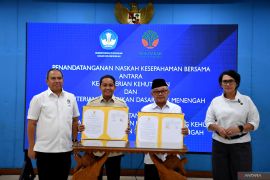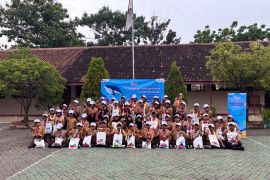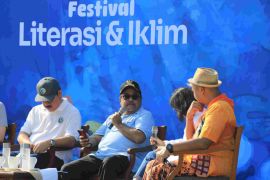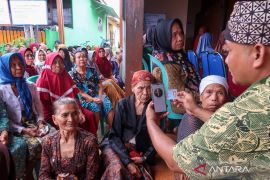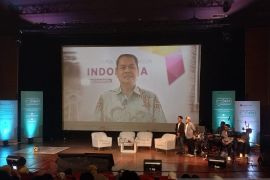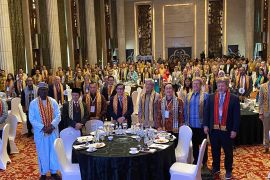The six types of literacy developed by the Ministry of Education, Culture, Research and Technology are read and write literacy, scientific literacy, financial literacy, digital literacy, numeracy literacy, and cultural and civic literacy.
"Literacy is the key to continuously learning and improving competence, so that citizens are ready to enter the world of work, make wise decisions, and actively participate," Samto stated during a webinar held to celebrate International Literacy Day that was monitored here on Wednesday.
With literacy, Samto noted that people can live life in the present and the future well.
The ministry has prepared several strategies for eradicating illiteracy in the country. The government targets to reduce the illiteracy rate to less than one percent by 2024 and to less than 0.05 percent by the end of 2030.
The government has formulated several strategies to overcome illiteracy in the country. The first strategy aims to improve youth literacy in which the Ministry of Education, Culture, Research, and Technology has developed a curriculum that underscores gaining mastery of competencies and strengthening the character of students.
Related news: Digital literacy drives productivity in digital economy: Ministry
The second strategy targets improving the quality of education and boosting community literacy. To this end, it is necessary to cooperate with actors in the field of education and to secure strong support from various parties, including literacy activists.
The subsequent strategy, which entails cooperation and collaboration between educational units and various parties, should continue to be developed in a programmatic and sustainable manner.
Earlier, the Ministry of Education, Culture, Research and Technology had reported that Indonesia's illiteracy rate declined, from 1.78 percent in 2019 to 1.71 percent in 2020.
Samto noted that efforts to eradicate illiteracy were hindered by the COVID-19 pandemic, so learning had become ineffective. To this end, he has invited all stakeholders to work together to address the problem of illiteracy.
Related news: Digital literacy essential for digital transformation: Ministry
Translator: Indriani, Raka Adji
Editor: Rahmad Nasution
Copyright © ANTARA 2021



